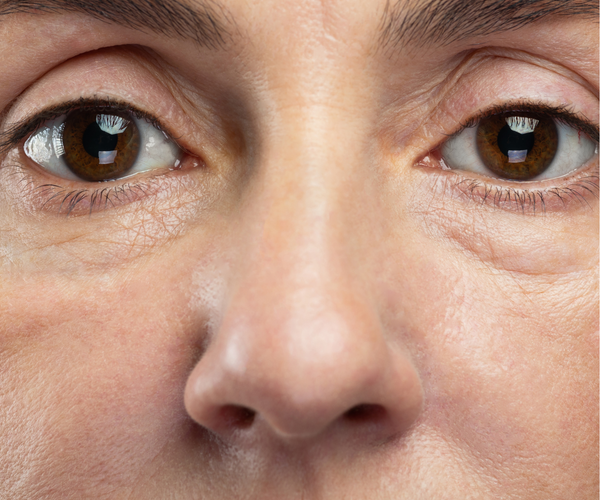Sun Spots on Face: Causes, Treatments, and Prevention

Understanding Sun Spots
Sun spots, also known as solar lentigines or liver spots, are flat brown or black spots that appear on sun-exposed areas of the skin, most commonly the face. These spots are a sign of sun damage and are caused by an increase in melanin production in response to prolonged exposure to ultraviolet (UV) radiation from the sun. While generally harmless, sun spots can be a cosmetic concern, and their presence indicates a need for improved sun protection and potentially a skincare routine adjustment.
Causes of Sun Spots
The primary cause of sun spots is cumulative sun exposure over time. The more time your skin spends in the sun without adequate protection, the higher the likelihood of developing sun spots. Other contributing factors include:
- Genetics: Some individuals are genetically predisposed to developing sun spots more easily than others.
- Age: Sun spots become more common with age, as cumulative sun damage takes its toll.
- Hormonal changes: Pregnancy and other hormonal shifts can sometimes increase melanin production, leading to more prominent sun spots.
- Certain medications: Some medications can increase sun sensitivity, making you more susceptible to sun spots.
Identifying Sun Spots
Sun spots typically appear as:
- Flat, not raised above the skin's surface
- Brown, black, or tan in color
- Varying in size from a few millimeters to several centimeters
- Clustered or isolated on sun-exposed areas such as the face, neck, hands, and arms
It's crucial to distinguish sun spots from other skin conditions. If you're unsure about a spot, consult a dermatologist for proper diagnosis. They can differentiate sun spots from potentially more serious conditions like melanoma.
Treating Sun Spots
Several treatment options are available to reduce the appearance of sun spots. The best approach depends on your skin type, the severity of the spots, and your preferences. Some common treatments include:
- Topical treatments: Hydroquinone, retinoids, and azelaic acid are common topical creams that can lighten sun spots. These are often part of a comprehensive skincare routine.
- Chemical peels: Chemical peels use acids to remove the outer layers of skin, revealing brighter, smoother skin beneath. The depth of the peel will be determined by your skin type and the severity of the sun spots.
- Microdermabrasion: This procedure uses a specialized device to exfoliate the skin, helping to reduce the appearance of sun spots.
- Laser treatments: Laser treatments use targeted light energy to break down the melanin responsible for sun spots. This is typically a more intensive treatment, and the number of sessions needed will depend on the individual and the severity of the spots.
- Intense pulsed light (IPL) therapy: Similar to laser treatment, IPL uses broad-spectrum light to target sun spots and improve skin tone.
Preventing Sun Spots
The most effective way to deal with sun spots is to prevent them in the first place. Here's how:
- Daily sunscreen: Apply a broad-spectrum sunscreen with an SPF of 30 or higher every day, even on cloudy days. This is a fundamental aspect of any good skincare routine.
- Limit sun exposure: Seek shade during peak sun hours (10 a.m. to 4 p.m.), and wear protective clothing, such as hats and long sleeves, when outdoors.
- Healthy skincare routine: A consistent skincare routine that includes cleansing, exfoliation, and moisturizing can help to maintain healthy skin and prevent sun damage.
- Regular skin checks: Regular self-exams and professional skin checks are essential for early detection of any skin abnormalities.
Achieving Youthful and Glowing Skin
Sun spots can detract from the appearance of youthful and glowing skin. By combining effective treatment options with diligent sun protection, you can significantly improve your skin's appearance and achieve a clearer complexion. Remember, maintaining a consistent skincare routine, protecting your skin from the sun, and addressing sun spots promptly are key to achieving and maintaining healthy skin. Consulting a dermatologist is crucial for personalized advice and treatment recommendations tailored to your skin type and concerns. The path to clear, glowing skin starts with understanding and addressing the underlying causes of sun spots.
Skincare for Different Skin Types
The best skincare routine will vary depending on your skin type (oily, dry, combination, sensitive). Consider consulting a dermatologist or skincare professional to determine your skin type and create a personalized routine that addresses your specific needs and promotes healthy skin.




